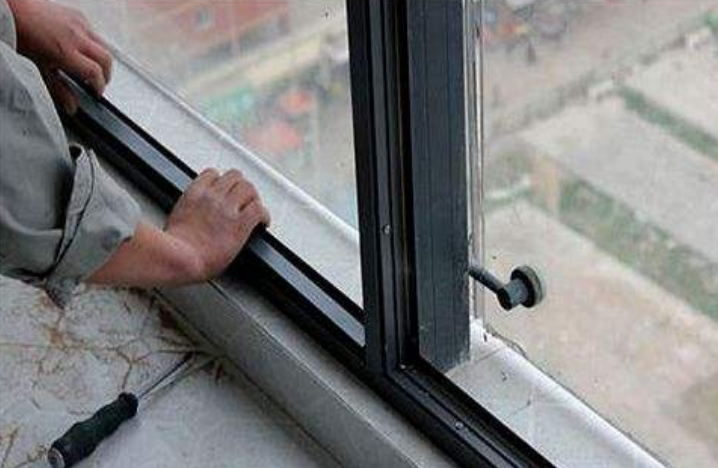Nov . 06, 2024 08:47 Back to list
Improving Your Car's Energy Efficiency with Effective Window Weather Stripping Techniques
Understanding Weather Stripping on Car Windows
Weather stripping is an essential component in vehicles that helps maintain comfort, enhance insulation, and protect the interior from external elements. It’s especially crucial around car windows, serving multiple purposes that contribute to the overall functionality of your vehicle. In this article, we will explore the significance of weather stripping on car windows, the types available, and how to maintain them effectively to ensure longevity.
What is Weather Stripping?
Weather stripping is a material used to seal the edges of doors and windows to prevent air, water, and sound from entering the vehicle. It acts as a barrier against harsh weather conditions, ensuring a comfortable and quiet ride. The material is typically made from rubber, vinyl, or foam, designed to withstand exposure to various elements while providing resilience and flexibility.
Importance of Weather Stripping on Car Windows
1. Temperature Control Weather stripping plays a critical role in regulating the temperature inside the vehicle. By sealing gaps around windows, it reduces the intrusion of hot or cold air, thereby maintaining a stable climate inside the car. This can lead to less reliance on the heating and cooling systems, improving fuel efficiency.
2. Water Protection One of the primary functions of weather stripping is to prevent water from leaking into the car. Effective seals guard against rain, snow, and moisture, protecting the interior from mold, mildew, and damage to electrical systems.
3. Noise Reduction Weather stripping helps in soundproofing your vehicle by minimizing outside noise. For drivers who regularly travel on highways or through bustling urban areas, this insulation is invaluable for a more serene driving experience.
4. Enhanced Security A well-sealed window increases the vehicle's security. It ensures that the windows fit snugly and are less susceptible to being easily forced open by intruders.
Types of Weather Stripping
There are several types of weather stripping used for car windows, each with its unique characteristics
weather stripping on car windows

1. Foam Tape This is one of the most common forms of weather stripping, made from soft foam that can easily compress to fit gaps. It’s lightweight and easy to install, making it a popular choice for quick fixes.
2. Rubber Gaskets Often found on newer vehicles, rubber gaskets provide a more durable and long-lasting solution. They fit tightly and resist compression over time, making them ideal for extensive use.
3. Vinyl Channels Vinyl weather stripping is typically installed in the channels of car windows. It is designed to retain its shape and can be a reliable option for vehicles that are exposed to severe weather conditions.
Maintaining Weather Stripping
To ensure that weather stripping remains effective, regular maintenance is essential. Here are some tips
1. Inspect Regularly Check the weather stripping around your windows for signs of wear, such as cracks or tears. Early detection can prevent further damage and costly repairs.
2. Clean Carefully Use a gentle cleaner to remove dirt and debris from the weather stripping. This can help prevent deterioration caused by grit and grime.
3. Apply Conditioning Products For rubber and vinyl weather stripping, consider using a conditioner to keep the material flexible and prevent it from drying out and cracking.
4. Replace When Necessary If you notice significant damage or wear on the weather stripping, replace it promptly. Most replacement strips are affordable and can be installed without professional help.
Conclusion
Weather stripping on car windows is a small yet vital component that significantly impacts comfort, safety, and efficiency. By understanding its importance and maintaining it properly, drivers can ensure their vehicles remain protected against the elements while enhancing their overall driving experience. Regular checks and proactive care will extend the life of weather stripping, making it a worthwhile aspect of vehicle maintenance.




